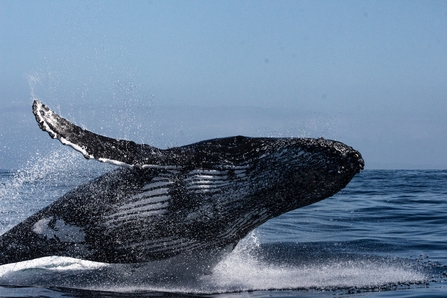Our oceans provide half the planet's oxygen, are the world's largest carbon store, and due to their size and volume represent over 95% of the world's living space (biosphere). The oceans also absorb around a quarter of our annual carbon dioxide emissions, buffering the world from intense, rapid and catastrophic global warming. However, nearly two-thirds of the world's oceans lie outside national boundaries, known as the 'high seas' (or 'international waters') - which means they are not subject to national regulations and have very little protection from potentially damaging extractive activities, such as industrial fishing and deep-sea mining.
In December, the UN Convention on Biological Diversity's global summit, COP15, agreed on a new global biodiversity framework including a target to protect 30% of land and sea by 2030 (known as '30 by 30'). Without the inclusion of the high seas in this, there is no way that 30% of the seas could be protected. This new 'High Seas Treaty' provides the legal mechanism to designate Marine Protected Areas (MPAs) in this vast area of our world. These will protect against the loss of wildlife, help protect carbon stores and support our resilience to climate change. The treaty also makes important provisions to equitably share out the significant (and not yet fully known) genetic resources of the seas (which could provide vital medicines).


